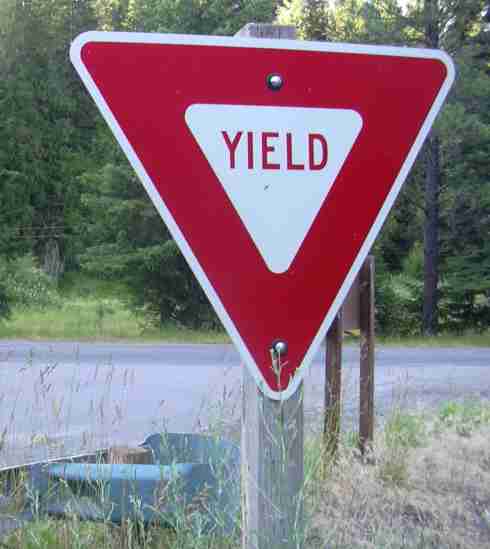
Riding a bicycle can be exhilarating, relaxing or downright frightening. The difference between these states of mind is the circumstances a cyclist is riding under.
It is the external environment most of all that determines what a cyclist will experience when he or she sets out on the road. Weather can be a factor. Freezing or broiling temperatures change the experience both in terms of the attire required and how the air and effort feel to the cyclist.
Both extremely hot and extremely cold weather make the physical act of cycling more difficult. One’s body must work harder. And there is some level of discomfort. Yet, this experience is somewhat in the control of the cyclist because deliberate steps can be taken to increase his comfort.
Road conditions also change a cyclist’s state of mind. Roads in disrepair require many acrobatic maneuvers. And jolting and bouncing along become part of the activity.
This can be quite disconcerting. Steering around potholes and swerving to avoid debris can make riding a chore. It can also be harrowing due to the unpredictability of the road and how drivers will react to the cyclist’s sudden evasive movements.
On the positive side, riding on a country road or on city streets late at night can provide a cyclist with a sense of serenity. The quiet combined with the soothing rhythm of undisturbed pedaling can be mesmerizing.
Moments like these are often what keep cyclists going, even through the roughest of times. Euphoric experiences tend to heighten the senses and make memories of cycling hardships fleeting in comparison.
Still, none of these experiences compare to that of interacting with aggressive drivers. This brings a cyclist’s state of mind to a whole new level.
There is an element of trust, along with smidgen of distrust. To be able to go out on a road with cars, cyclists must be willing to believe that the vast majority of drivers will not intentionally harm them.
They must assume that drivers will see them and will carefully pass them and yield to them when required. But, there’s the rub: many drivers either don’t know or don’t care whether cyclists have the right of way or not.
Drivers use the might makes right phenomenon to gain an advantage. They bewilder and intimidate and dare a cyclist to assert her right to go first. And the cyclist must decide how much trust to place in the driver, how much of a risk she is taking and how dangerous it is to go first.
Eye contact can go a long way. But how much do we really know about a stranger from the look on his face? Can we know what he is thinking? Can we accurately predict what he will do?
Is it possible to glance into someone’s eyes for a fraction of a second and surmise whether he or she is trustworthy? Probably not.
What, then, does “right of way” mean? It is a rule which determines what one ought to do, provided that one is inclined to follow the rules. Penalties exist to punish anyone who is caught breaking the rules. Still, rules are often enforced unevenly, especially when you are talking about vehicles which are associated with roads versus modes of transportation that are “vehicles” in name only. Perhaps they could be regarded as fledgling vehicles since their status has been written into the law, whether this law is acknowledged by the majority or not.
Sometimes being in the right doesn’t make an action the right thing to do. Maybe in an ideal world one could always act on what’s right and proceed when one has the right of way. Yet, in the real world, inequity, dishonesty and violence exist.
These things negate being in the right in the sense that no matter how right an action may be, he who takes that action is putting himself in great peril. And that is the precise situation cyclists find themselves in too much of the time.
Taking the right of way would be wrong because the party who is in the wrong can inflict great harm, and may not even be held accountable. Yielding to someone who does not have the right of way is frustrating and demeaning. It connotes a state of debasement.
Cyclists will just have to swallow their pride and let those in the wrong have their way. Yelling, swearing and fist shaking can show a driver that he is wrong. And they can give the cyclist some relief from the uncertainty and the fear and the degradation. But they cannot do the most important thing: give the cyclist the right of way she is entitled to by law and which she deserves, if for no other reason, than as a sign of respecting human dignity.


